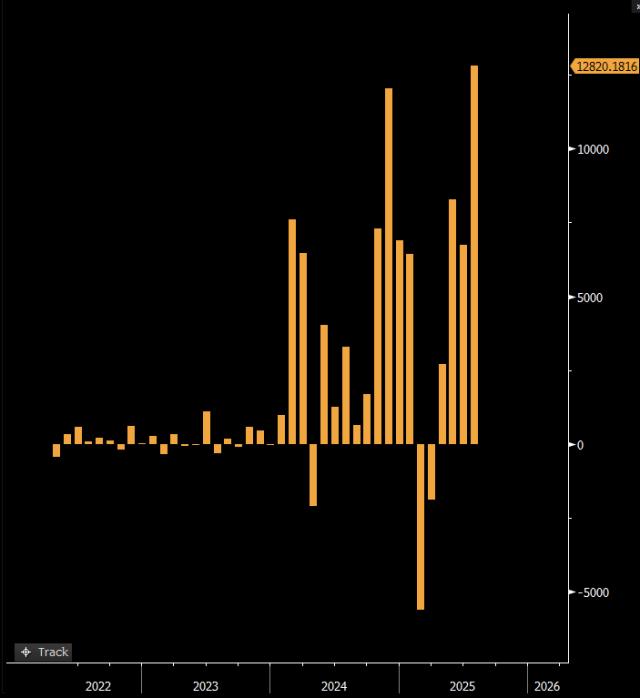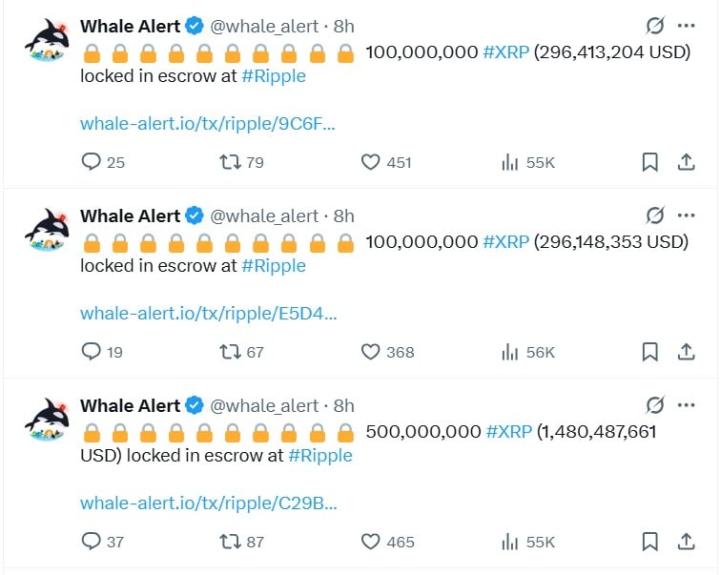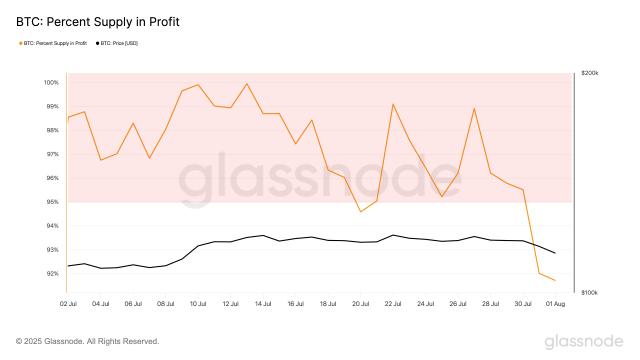The United States and South Korea have just reached a comprehensive trade agreement with many important provisions on investment and imports.
This agreement includes investment commitments of up to 350 billion USD, purchasing liquefied natural gas and expanding imports of US products, aimed at promoting sustainable bilateral economic relations.
- South Korea will invest 350 billion USD in projects directly selected by the United States.
- Commitment to purchase 100 billion USD of liquefied natural gas and US energy products.
- South Korea will open its market to US products, imposing a 15% import tariff on South Korean goods.
What does the trade agreement between the United States and South Korea include?
The agreement includes a large investment of 350 billion USD directly selected by the US President and a commitment to purchase 100 billion USD of LNG and other energy products from the United States. This is an important step to enhance economic cooperation.
Additionally, the agreement stipulates that South Korea will expand imports of US products such as cars, trucks, and agricultural goods. In return, South Korea must accept a 15% import tariff on goods from this country.
Specific information about additional investments will be announced during the South Korean President's White House visit in the next two weeks, clearly marking an enhancement of bilateral relations.
Why is the 350 billion USD investment important in this agreement?
The US economy is expected to benefit greatly from the 350 billion USD investment directly selected by the US President, a maximum figure demonstrating trust and strategic development orientation.
This investment will not only create more jobs but also enhance the competitiveness of the US industry in the current globalization context. According to the President, personally selecting projects ensures optimal capital efficiency.
"The President's direct designation of investment projects will help grow the US economy while consolidating its global position."
Statement by the US President, July 31, 2024
Even economic analysts highly appreciate the feasibility of this investment, as it not only brings investment benefits but also creates an ecosystem that promotes trade and industrial development.
How does the agreement affect trade between the two countries?
South Korea commits to expanding imports of US goods, especially automobiles, trucks, and agricultural products. This helps promote exports and balance trade between the two countries in the long term.
The agreement applies a 15% import tariff on South Korean goods but does not apply tariffs to US goods, creating a competitive advantage for the US economy in the South Korean market.
"Opening the market and applying selective tariffs helps to more effectively unblock trade flows."
Economic expert Pham Minh Tuan, 2024
Market analysis shows that this move helps reduce the US trade deficit with South Korea while stimulating growth in US industrial and agricultural exports.
Frequently Asked Questions
How does the agreement affect the economic relations between the United States and South Korea?
The agreement enhances economic cooperation, increases investment and trade, creating a sustainable development foundation between the two countries in the near future.
How will the 350 billion USD investment be used?
The investment is for strategic projects directly selected by the US President, aimed at developing key sectors and creating jobs.
What benefits does South Korea gain from paying a 15% import tariff?
Despite the import tariff, South Korea benefits greatly from investment capital flows and expanded export markets to the United States.
How does the agreement impact liquefied natural gas prices?
The commitment to purchase 100 billion USD of LNG from the United States helps stabilize and increase gas supply, positively affecting South Korea's energy security.
When will more detailed information about the agreement be available?
Specific information will be announced after the South Korean President's White House visit within the next two weeks in 2024.







